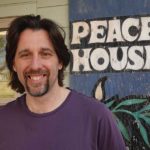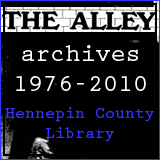Posts Tagged ‘addiction’
The Trouble with Normal

Peace House Community Journal By Marti Maltby A friend of mine who struggles with addiction recently told me about a hiking trip he took with a group of acquaintances. He didn’t know anyone in the group very well, but he knew them well enough to talk with them throughout the day, and he enjoyed his time with them. I was surprised when he told me that later on he had suffered a severe bout of depression because of the hike. “I feel like I lied to them. I tricked them,” he explained. It turned out that as part of his recovery from addiction, he tries to be completely honest with others, not living a double life as he did when he was actively using drugs. Understandably, he hadn’t used the hike as an opportunity to tell the group about his addiction, and he was worried that they thought he was “normal.” He felt like he had pretended not to have any problems, when from his perspective he was an addict who was totally messed up, despite the time he had been able to [...]
Neighbors and Harm Reduction Groups Explore Overdose Prevention Site in Phillips
By GRACIE HALLBERG-CAIN, LEX HORAN, and KOR PACE As summer settles in, more neighbors are out and about in the neighborhood - gardening, teaching kids to ride bikes, walking dogs. Along with the relief of the warm weather, it’s also a time when some of the issues that we have in the Phillips neighborhood become more visible. Syringes are uncovered when the snow melts. Sometimes, we see folks using drugs in public areas – situations that are often unsafe for the people using drugs, as well as those around them. This year, a group of neighbors has been exploring an approach that we haven’t tried before: an overdose prevention site (OPS). Overdose prevention sites are proven to save lives and reduce syringe litter, and have not been shown to increase drug use in the surrounding neighborhood. These issues in Phillips are part of a bigger picture. According to the Minnesota Department of Health, overdose deaths rose by 30% between 2019 and 2020 and continue to rise. In [...]









